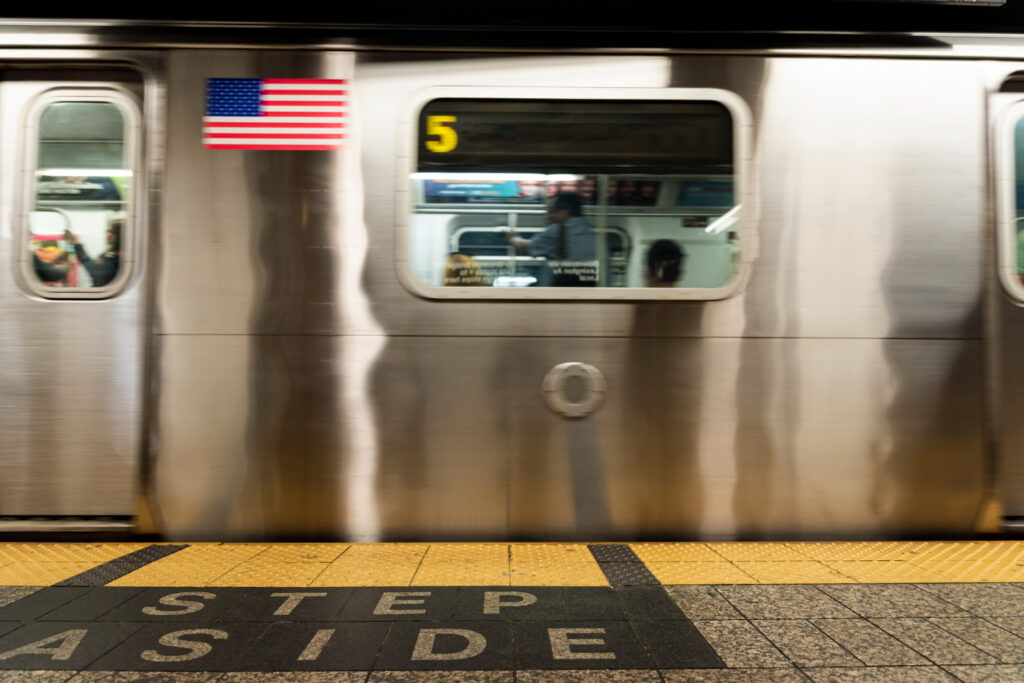If you’re new to New York City, the subway system can feel like a puzzle with too many missing pieces. It’s loud, crowded, and fast-paced—not exactly the warmest welcome. But if you’re hoping to explore the city efficiently and affordably, understanding how to use the NYC subway is essential. Whether you’re just visiting or settling into a new zip code, this guide is here to help you navigate the MTA like a seasoned commuter. By the time you’re done reading, you’ll know how to read a subway map, pay your fare, avoid common pitfalls, and get where you’re going without second-guessing yourself at every turn.
Who This Guide Is For
The NYC subway can be intimidating, especially for first-timers. If the thought of figuring out train schedules, transferring lines, or picking the right platform gives you a headache, you’re not alone. This guide is meant for:
- First-time visitors exploring NYC for a weekend or extended stay
- New residents learning to navigate daily life in the city
- Anyone who’s unsure how to make sense of the MTA subway system
Even if you’ve ridden subways in other cities, New York’s system has its own quirks and etiquette. This article will give you the confidence to swipe, tap, and ride like a local.

Step 1: Know What You’re Dealing With
Before you step onto a train, it helps to understand the overall structure of the system. The NYC subway is massive—472 stations across five boroughs, operating 24/7. But at its core, it’s fairly organized once you break it down.
The subway is managed by the MTA (Metropolitan Transportation Authority). Routes are labeled with letters (like A, C, E) or numbers (like 1, 2, 3), and these correspond to specific lines. The color of the line on the map just shows which “trunk line” the train runs along, not the exact route—so don’t rely on color alone.
A few key terms to understand:
- Uptown vs. Downtown: In Manhattan, uptown trains go north and downtown trains go south. In outer boroughs, directions may be toward or away from Manhattan.
- Local vs. Express: Local trains stop at every station; express trains skip certain stops for a faster ride. Platform signage will indicate which is which.
- Stations vs. Stops: One station may serve multiple lines. Not all trains stop at every station, so always check the train’s route before boarding.
Step 2: Plan Your Trip Before You Go
New Yorkers are known for being in a rush, and nothing slows you down like trying to figure out where you are after you’ve already gotten on the wrong train. That’s why pre-planning is key.
The MTA and various apps make it easy to plan your route ahead of time. Just type your starting point and destination into your preferred transit app, and you’ll get a clear recommendation on which train to take, where to transfer, and what direction to head.
Helpful tools for planning:
- MTA Trip Planner: https://new.mta.info/
- Google Maps (Transit tab)
- Citymapper app for live service updates and walking directions
And don’t forget: If you’re going underground, cell service might be spotty. Download a subway map to your phone or keep a paper version in your bag for offline use.
Step 3: Pay for Your Ride
There are two main ways to pay for subway rides in NYC. Which one you choose depends on how long you’re staying and how often you plan to ride.
OMNY Tap System
OMNY is the MTA’s contactless payment option, and it’s quickly becoming the new standard.
- Tap your credit card, smartphone, or smartwatch at the turnstile
- No need to buy or refill a MetroCard
- $2.90 per ride
- Fare capping: After 12 paid rides between Monday and Sunday, rides are free for the rest of that week
MetroCard
Still widely used, but being phased out over the next few years.
- Buy at station vending machines or participating convenience stores
- Two main types: Pay-Per-Ride or Unlimited Ride
- A 7-Day Unlimited MetroCard is $34 and a good deal if you’re riding multiple times a day
Pro Tip: If you’re visiting for more than 2-3 days, Unlimited Ride options can save you money, especially if you plan to use the subway frequently.
Step 4: Enter the Station and Check the Direction
Stations can vary widely—some are simple, others are underground mazes. After paying your fare, make sure you’re headed in the right direction.
Things to look for:
- Directional signs: Look for signs like “Uptown & The Bronx” or “Downtown & Brooklyn”
- Train symbols: Each platform typically lists which lines stop there
- Free transfers: Some stations allow cross-platform transfers without exiting the fare zone
If you end up on the wrong platform, don’t panic. Many stations have signs to help you find your way to the opposite direction.
Step 5: Wait Like a Local
Waiting for the train may seem straightforward, but there are a few unwritten rules you should follow to blend in and stay safe.
Basic etiquette includes:
- Stand behind the yellow line while waiting
- Let people off the train before you try to get on
- Move to the center of the car instead of crowding near the doors
Trains can get crowded, especially during rush hour. If you’re carrying a backpack, take it off and hold it by your side. Trust us—this small move will earn you some serious goodwill.
Step 6: Ride, Transfer, Exit
Once you’re on the train, pay attention to announcements and signage. Each stop is announced (though sometimes unclearly), and you’ll see the station name on the walls as you pull in.
If you need to transfer, follow in-station signage pointing you toward connecting lines. Most major stations offer clear instructions on where to go next.
When it’s time to exit, just walk through the turnstile. If you’re re-entering another station or transferring outside of the system, you may need to tap again—just follow the posted instructions.
Common Mistakes (and How to Avoid Them)
Even locals mess up sometimes. But if you want to avoid common headaches, keep these tips in mind:
- Check if your train is local or express
- Make sure you’re entering on the correct side of the station (some stations are split by direction)
- Don’t stand in front of the doors – move to the center of the train
- Avoid holding train doors open – it’s dangerous and delays everyone
- Always double-check your destination before hopping on
NYC Subway Safety Tips
The subway is generally safe, but it’s smart to stay alert—especially if you’re traveling late at night or during off-peak hours.
Safety best practices:
- Ride in the conductor’s car (usually the middle car) at night
- Keep your valuables secure and out of sight
- Trust your instincts; if something feels off, move to another car or alert an MTA worker
- Use apps like MYmta or Citizen to stay informed of disruptions or incidents
Subway Alternatives (When You Don’t Want to Deal)
Sometimes, the subway isn’t the right choice—whether due to service outages, weather, or your own comfort level.
Other options include:
- MTA Buses: Great for cross-town routes
- CitiBike: Bike share stations are available across Manhattan, Brooklyn, and Queens
- Rideshare apps and taxis: Good for short hops or late-night trips, though more expensive
Just know that above-ground traffic can be much slower than underground trains, especially during peak hours.
Final Thoughts
Learning how to use the NYC subway is one of the most empowering steps you can take in this city. It opens up the entire five boroughs, saves you money, and gives you a taste of the real New York.
With a bit of preparation and a willingness to learn, you’ll find the subway system not only manageable but maybe even a little enjoyable. So grab a MetroCard or tap your phone, pick your line, and get going. You’ve got a city to explore—and now, you know exactly how to get around it.


